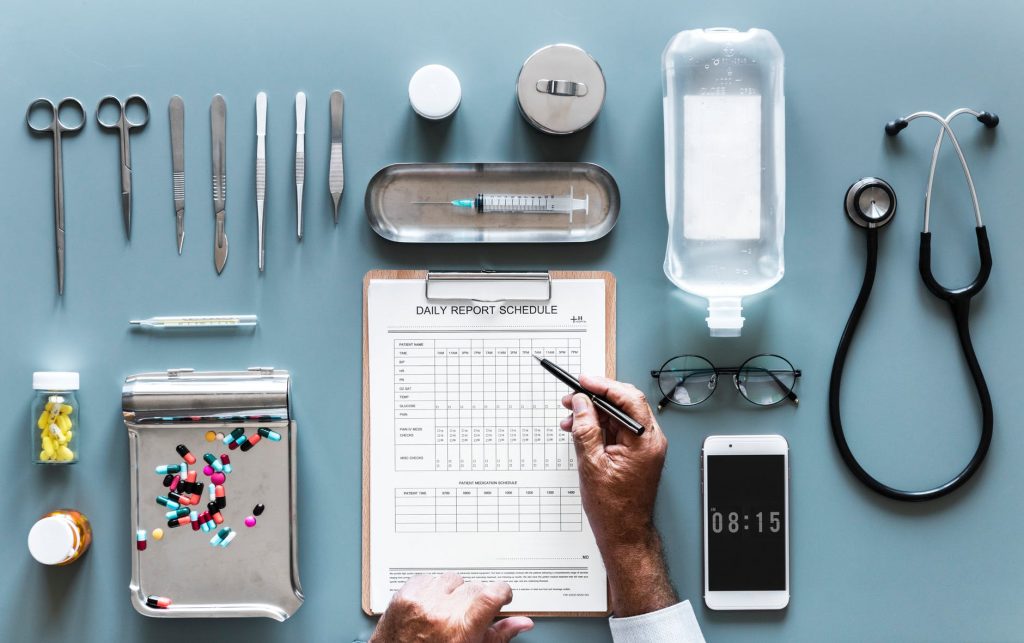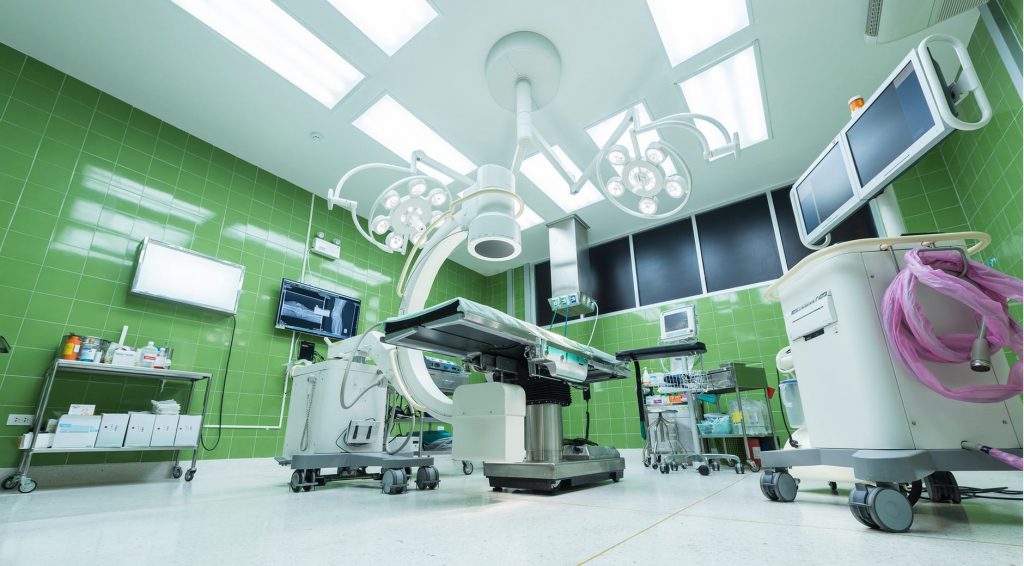Introduction:
Like any surgical or medical procedure, there are dangers related to cosmetic procedures. It is critical to realise the dangers involved in cosmetic procedures, and weigh up the risks and aim to minimise them as much as possible.
It’s very important to evaluate the possible danger of complications and side effects and balance them with all the possible gain. In the event the possibility of complications is too high and outweighs the potential benefit, it might be better to cancel the process. As an instance, if a young individual comes in asking deep laser treatment for wrinkles that can’t truly be viewed, then the possible risk to benefit ratio might not be from the sufferers prefer, and the process isn’t worth getting.

Possible Complications:
Complications from cosmetic processes can be divided into surgical/medical complications and cosmetic complications;
Medical or surgical complications are possible risks that may happen with any surgical or medical procedure either cosmetic or not. These complications may have serious implications for overall health. Medical/surgical complications comprise; excessive swelling, excessive swelling, infection, pneumonia, blood glucose, blood clots (e.g from the lungs or leg), anaesthetic complications, delayed recovery, skin departure/necrosis.
Cosmetic complications are associated with the end appearance of the surgery such as unevenness or non-symmetrical results. This may be likely in procedures such as breast implants since the breasts a naturally slightly different. This makes it critical to deal with a specialist breast surgeon for your procedure. These concerns are not detrimental to the overall physical health of the patient and can usually be corrected with subsequent processes. Some examples of cosmetic complications are unevenness, asymmetry, the appearance of lumps or hollowing, as well as results that were short of patient expectations.
Minimising Complications:
Even though it isn’t feasible to completely eliminate the chance of complications altogether, there is a range of things which may be achieved prior to and after your surgery/procedure to help minimise the possible dangers of a cosmetic process.

These include:
- Picking a suitable surgeon/doctor: though the results of the real operation itself depend greatly upon the surgeon/doctor, you have the option to select the best individual for your job. Pick someone that has a fantastic reputation, maybe someone that has been recommended to you by a former individual that has been pleased with their outcome. Examine the qualifications and expertise of the physician in the area they’re in. Picking a physician/physician based mostly on cost isn’t necessarily advisable. There might be a reason behind why somebody fees less than the typical or anticipated price for a particular procedure. On the reverse side, a more expensive physician/ physician does not always guarantee you good benefits. Feeling comfortable with your physician/surgeon is essential. This will permit you to effectively communicate with them what you need, and how you’re feeling before and following the procedure.
- Seek a different opinion: to observe the gaps between the physicians and what they suggest. Is this the ideal procedure for you personally? Have multiple doctors agreed to this procedure? Sometimes it is worth asking around to see whether there are other suggestions that may suit you better, so go to multiple consultations and decide on the best fit.
- Have a look at the clinic and its surroundings: it’s very important to find that the surroundings the process is happening inside are of a professional standard. Has the operation been licensed to particular criteria? Does the operation appear professional and clean? The clinic itself is a great way to judge the quality of the business.
- Have a look at the employee’s: your expertise in a clinic/surgery will be mostly dependent on your interactions with the team. Not only is your physician performing your process, however, you’ll have a good deal of additional staff members working along with the physician for a team. It’s crucial to make sure you feel comfortable with each of employees present, such as the receptionists, nurses, along with the physician. If you are undergoing a delicate procedure such as vaginal reconstruction or possibly labiaplasty than it is crucial you have a good relationship with your surgeon.
- Follow proper instructions: ensure you comply with all preoperative and postoperative instructions to minimise the chance of complications. Each operation will require several restrictions prior to undergoing surgery, other things to consider are whether you are a healthy body weight or have any other health conditions that may affect the success of the procedure.
Conclusion:
There’s potential for complications to happen with any surgical or medical procedure, and cosmetic procedures are not exempt from this. Minimising the risk of a particular cosmetic process can be carried out by proper research prior to the process, in addition to ensuring you follow proper instructions before and after the process.
